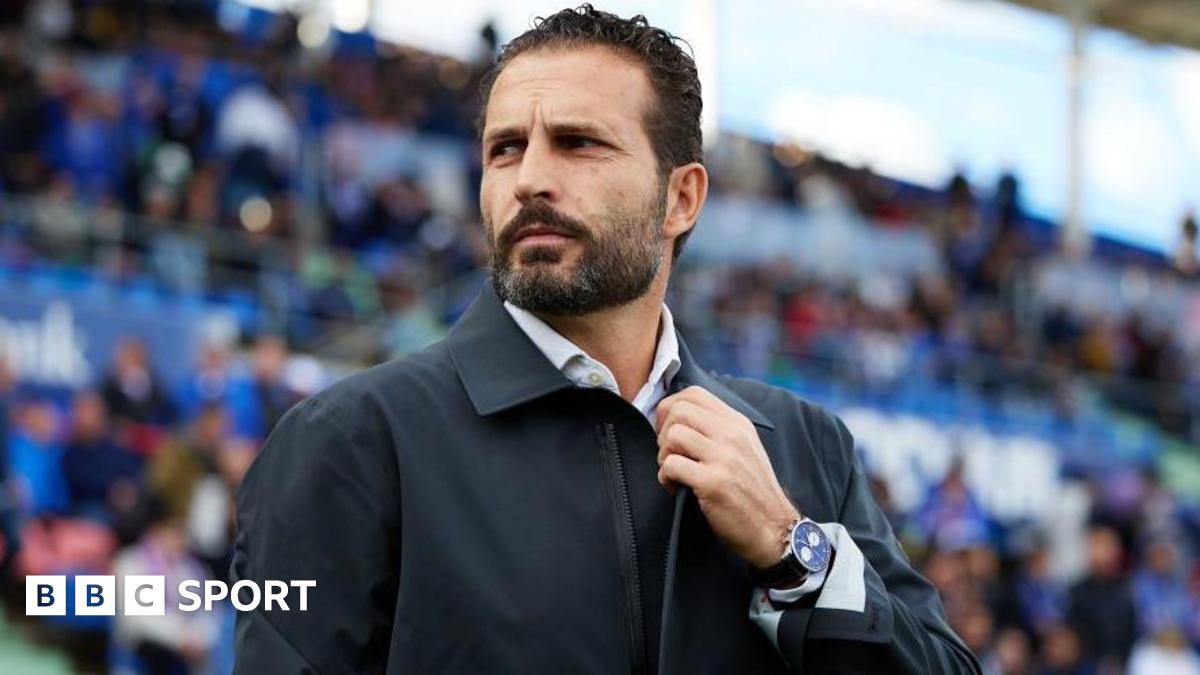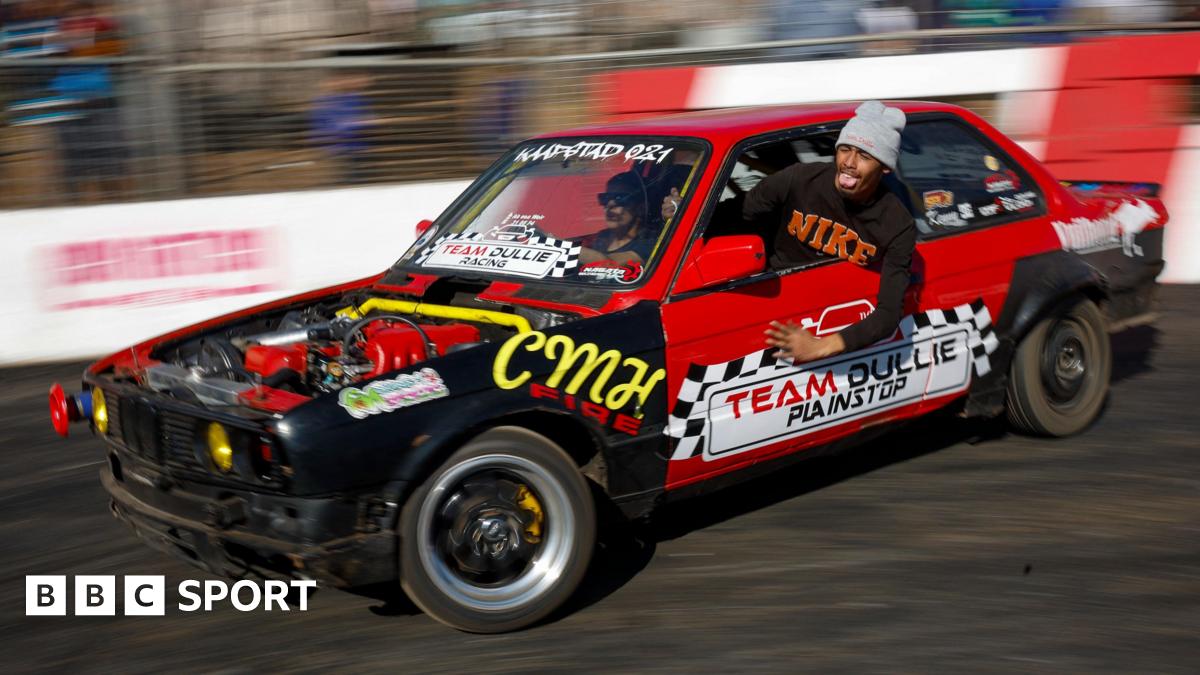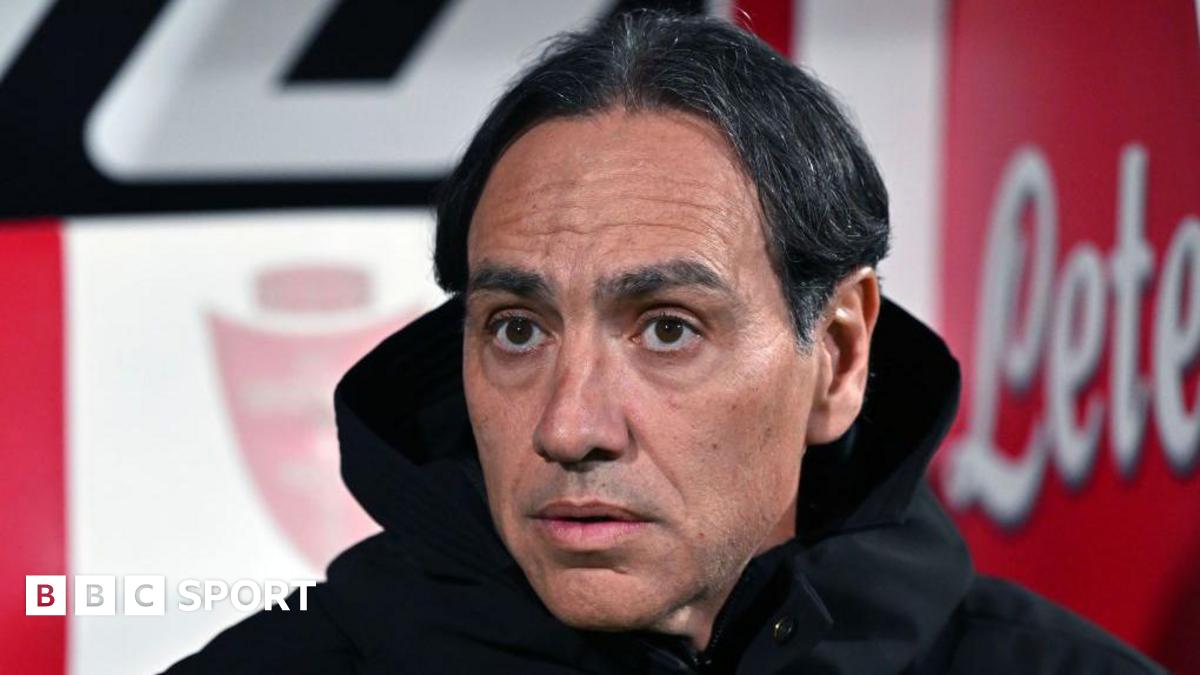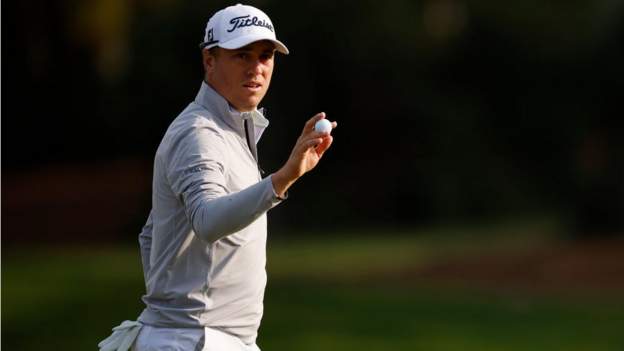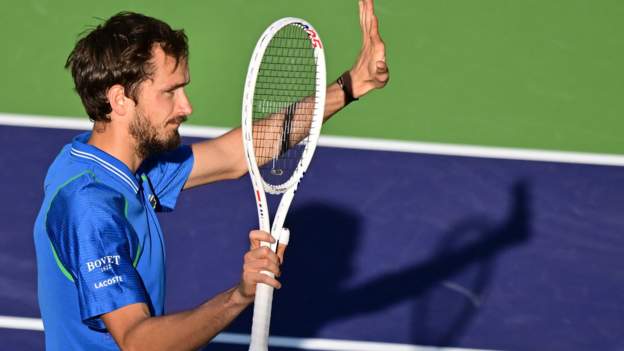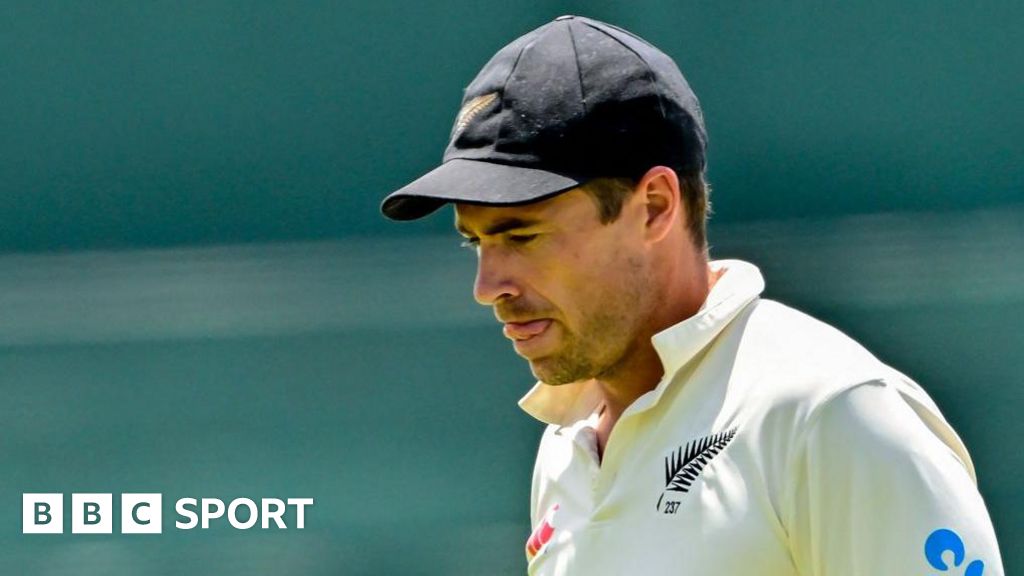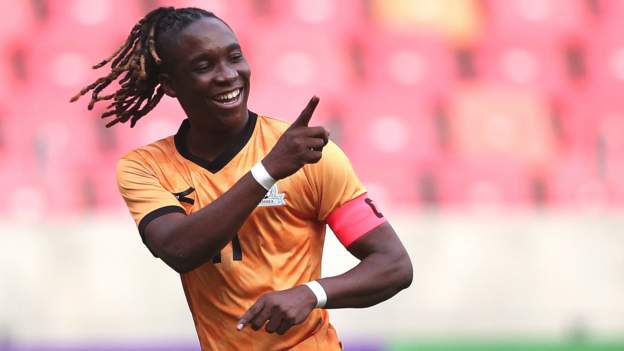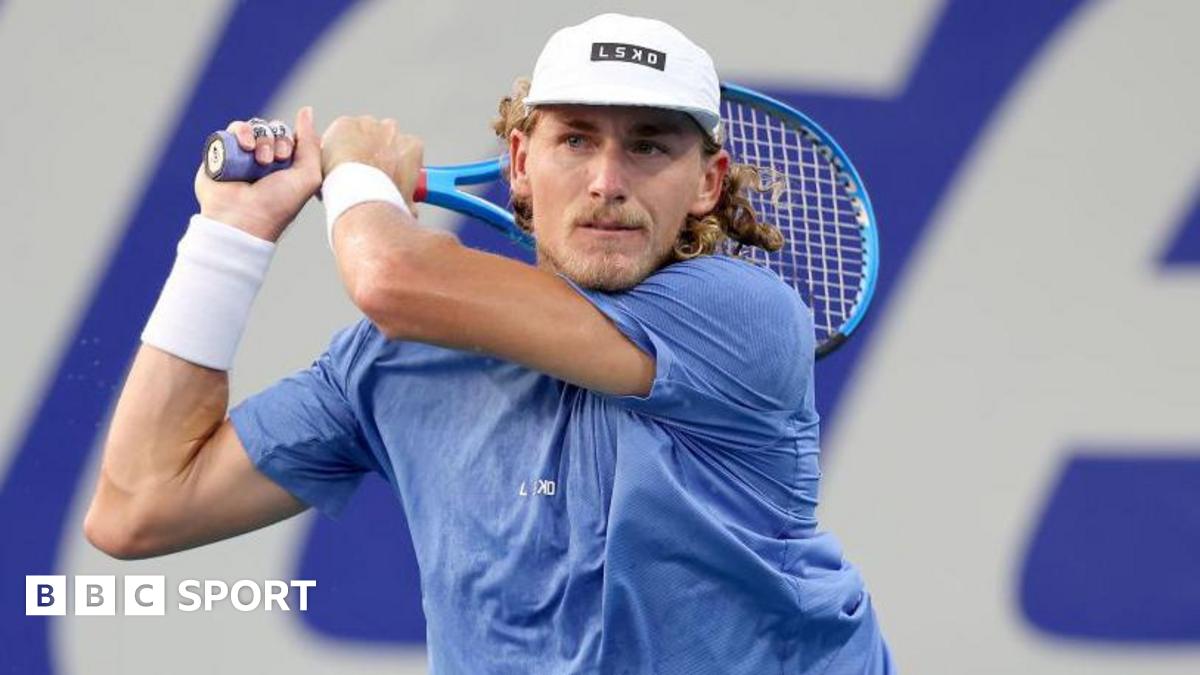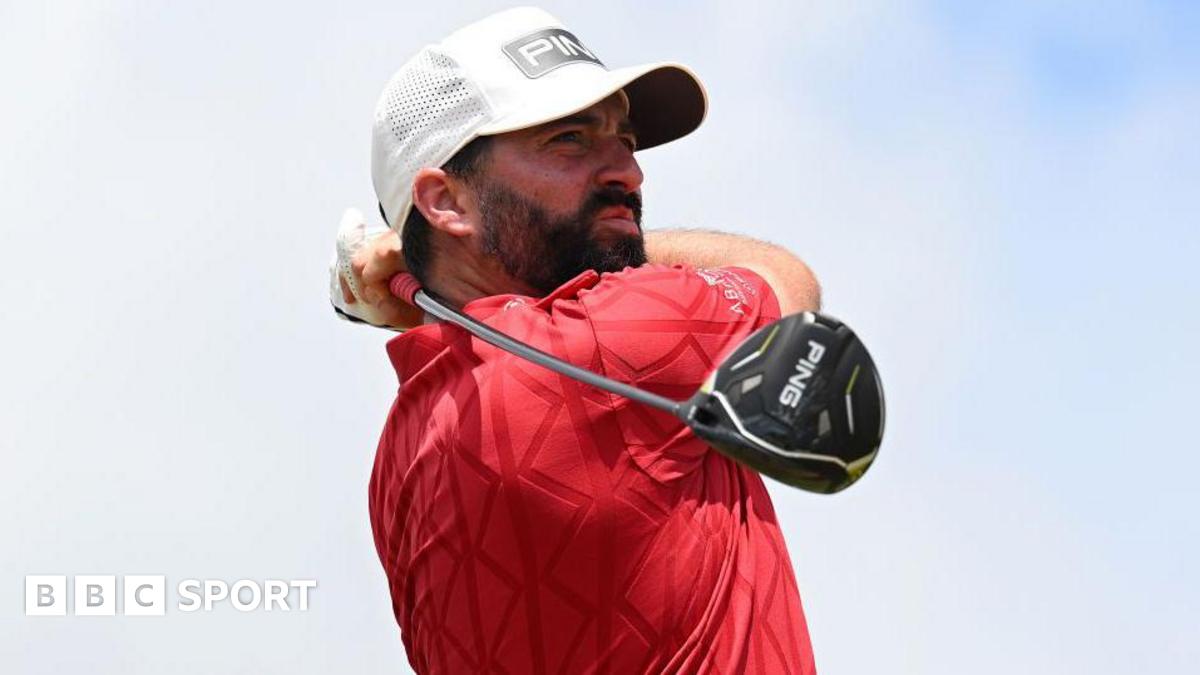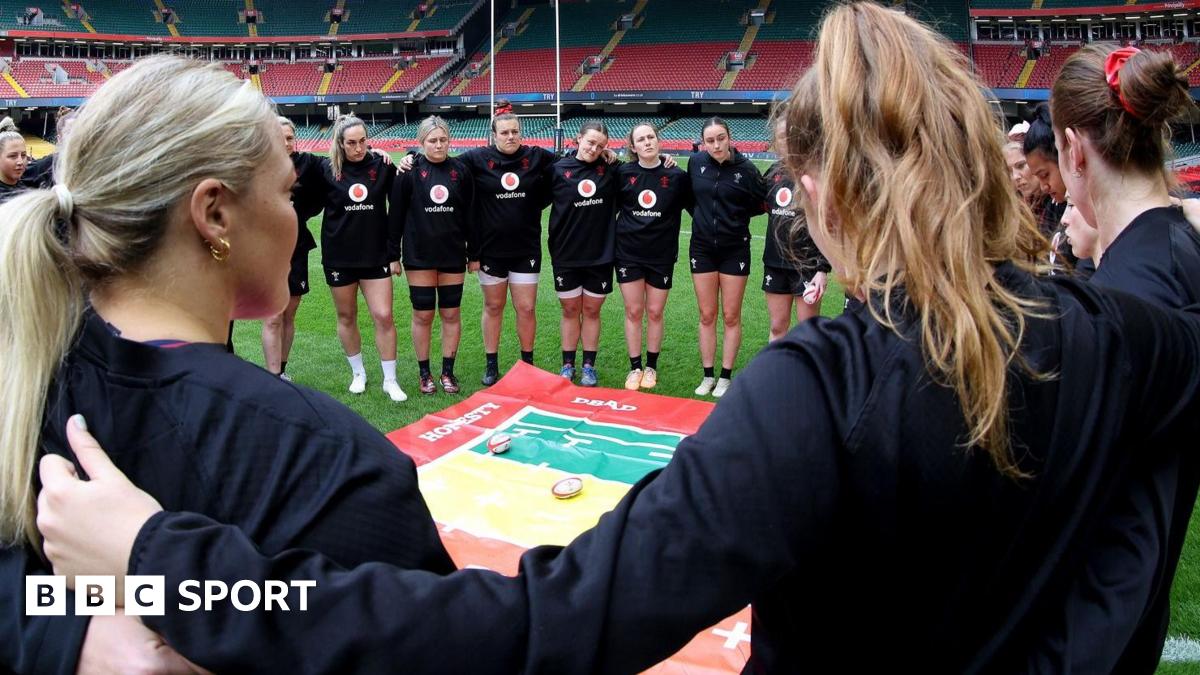US PGA champion Justin Thomas has heavily criticised plans by the R&A and United States Golf Association to restrict how far golf balls fly at future elite tournaments.
Former US Open champion Bryson DeChambeau and the manufacturers of Titleist golf balls have also been critical.
The rule-makers want top professional and elite amateur golf to be played using a “tournament ball” that would not fly as far as those currently in use across the game.
“You’re trying to create a solution for a problem that doesn’t exist,” said Thomas. “To me, it’s just so bad for the game of golf.”
Recreational amateur golf would not be covered by the “Model Local Rule” that the R&A and USGA are recommending for elite golf use. Both organisations say they plan to implement the move at their majors – the Open and US Open in 2026.
“The great thing to me is the fact that you can play the exact same golf ball that I play,” Thomas added. “That’s cool.
“For an every day amateur golfer, it’s very unique that we are able to play the exact same equipment.”
The new rule means a ball struck by a driver swung at 127 mph in laboratory conditions should not be capable of flying further than 320 yards. With tour clubhead speeds averaging around 114 mph, this would lead to a substantial reduction in driving distances at top events.
“If you can swing 127 miles an hour, like, power to you,” Thomas said.
“I mean, people are running faster, so, what, are they just going to make the length of a mile longer so that the fastest mile time doesn’t change, or are they going to put the NBA hoop at 13 feet because people can jump higher now?
“Like, no. It’s evolution. We’re athletes now. Like, we’re training to hit the ball further and faster and if you can do it, so good for you. So yeah, as you can tell, I’m clearly against it.”
DeChambeau, who is among the longest hitters in the game, told the LIV Golf website: “I think it is the most atrocious thing you could do to the game of golf.
“It’s not about rolling golf balls back; it’s about making golf courses more difficult.”
DeChambeau won his only major title at the 2020 US Open at Winged Foot, where narrow fairways and thick rough were expected to create one of the most difficult course set ups in major history.
But Brandon Matthews, who has the PGA Tour’s fastest average swing speed (126.6mph) told the Golf Channel he welcomes the proposals.
“I’m really looking forward to seeing shot shapes again like you used to see,” said Matthews.
“Like a rising ball flight. You don’t see that anymore because of the ball technology. So, you’re going to see a little more of that come back, which is really cool.
“I don’t know how far they’re going to go with this, but it’s going to be a really exciting change and I think it’s going to make the game a little bit better.”
Meanwhile, the boss of Acushnet, who manufacture Titleist balls that are most popular on tour, attacked the “bifurcation” of splitting rules between the elite and recreational forms of the game.
“Golf is an aspirational sport and we believe at its very best when equipment and playing regulations are unified,” said David Maher, the company’s president and chief executive.
“During the past two decades, PGA Tour average playing length has increased by less than 100 yards and scoring average has remained virtually flat.”
The R&A and USGA believe the game has “crossed a rubicon” and that it would be irresponsible not to restrict driving distances going forward.
Next month’s Masters in Augusta will see the famous 13th hole lengthened by 35 yards to cope with modern hitting.
There were fears that the Old Course at St Andrews would prove too short for the world’s best players at last year’s Open.
The rules makers have given the golf industry six months to provide feed back on proposals that would come into force in 2026.
It is clear they will face considerable opposition from certain quarters.



